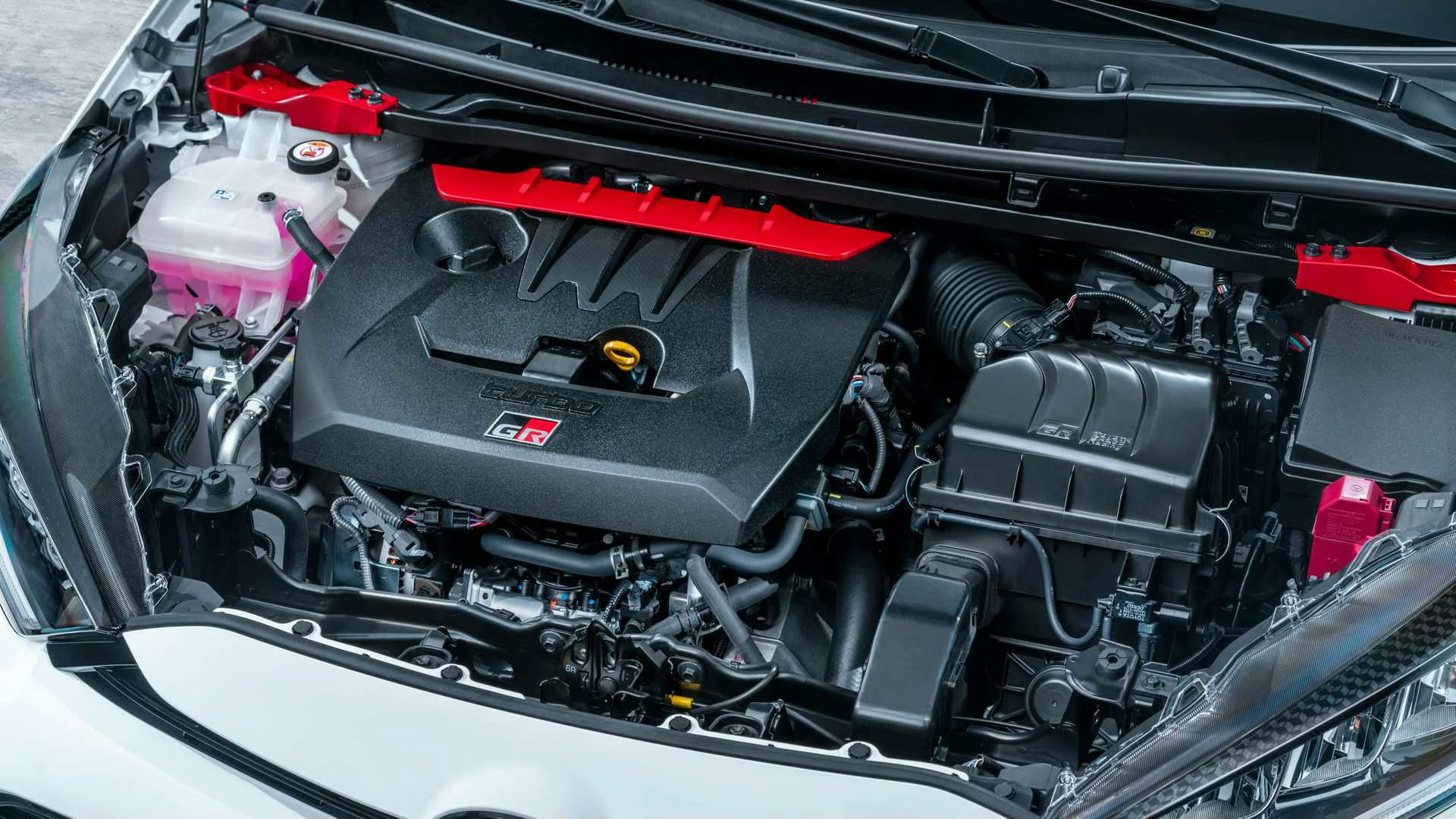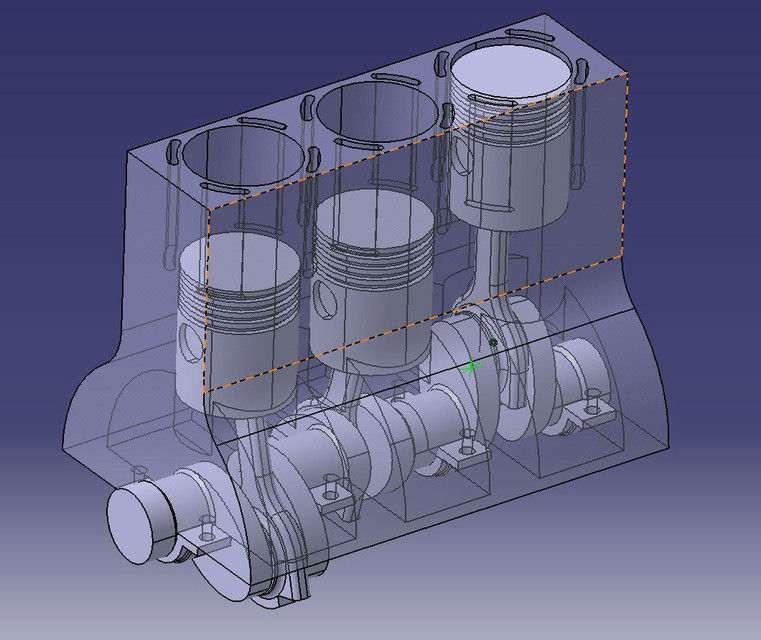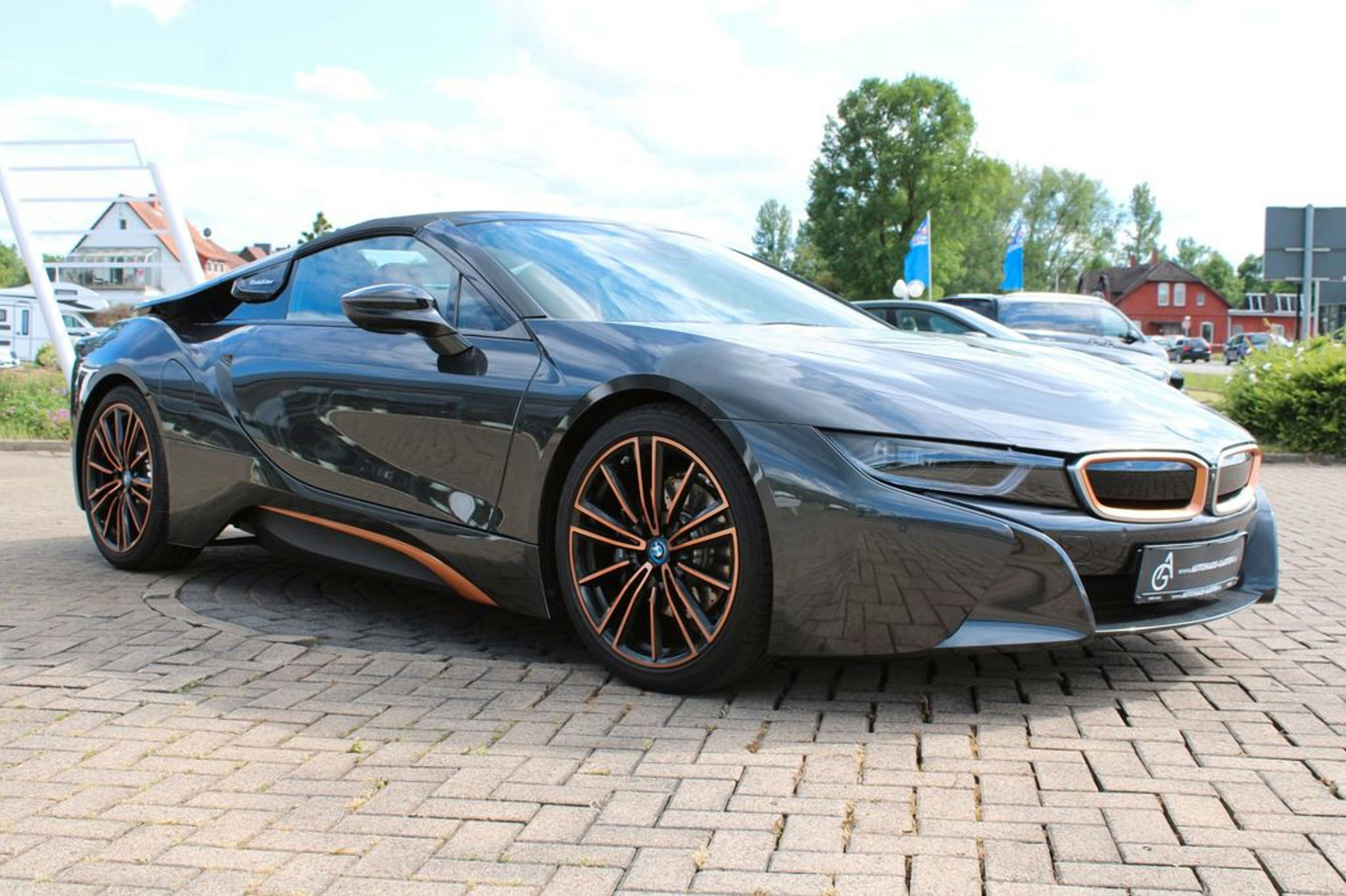
The Fascinating History and Functionality of the I3 Engine Layout
The I3 engine layout, also known as the inline three-cylinder engine, has an intriguing history dating back to the early 20th century. Initially emerging as a solution for compact cars and motorcycles, the I3 layout offers a balance between power and efficiency. Automakers utilize the I3 engine due to its smaller size and lighter weight, which contribute to better fuel economy and lower emissions, essential factors in today's eco-conscious world. By arranging the cylinders in a straight line within a single bank, this engine achieves a simpler and more compact design, resulting in reduced friction and improved mechanical efficiency. Despite having one fewer cylinder than a traditional four-cylinder engine, advancements in turbocharging and fuel injection make the I3 a competitive choice for delivering adequate performance in modern vehicles. Its unique configuration and benefits ensure it remains a relevant and popular option in the automotive industry.

Compact Design
The I3 engine layout, being compact, fits into smaller engine bays, which can be advantageous for vehicle design and spatial efficiency. Its smaller size means manufacturers can design cars with more cabin space or improved crumple zone areas for safety. While it's not as potent as larger engines, its space-saving qualities make it ideal for compact cars and some city commuters.
Fuel Efficiency
I3 engines generally consume less fuel compared to larger, more cylinder-heavy engines. The reduced internal friction and smaller displacement translate to better miles per gallon, which appeals to drivers who prioritize economic running costs. This makes the I3 configuration particularly attractive for daily commuting and city driving, where fuel economy is a significant concern.
Lightweight
Due to their smaller size, I3 engines weigh less than their I4 or V6 counterparts. This reduction in engine weight can improve the overall weight distribution of the vehicle, enhancing handling, and driving dynamics. A lighter engine also means the car is less stressed, which can contribute to better longevity and reliability of the vehicle.
Reduced Emissions
I3 engines tend to produce fewer emissions, which is increasingly important given tightening environmental regulations and rising awareness of climate change. These engines often come with turbocharging to make up for their lower outputs, combining efficiency with performance. This balance makes I3 engines a responsible choice for eco-conscious drivers without sacrificing too much on the performance front.
Cost-Effective
Producing and maintaining an I3 engine generally costs less compared to engines with more cylinders. The straightforward design means fewer parts to manufacture and replace, leading to lower overall maintenance costs. For budget-conscious drivers, this can result in considerable savings over the life of the vehicle.
Balanced Power Delivery
Though an I3 engine has fewer cylinders, modern designs often incorporate turbochargers to enhance performance. This gives a balanced power delivery across different driving conditions, making it versatile in both city and highway environments. While not as powerful as larger engines, the I3 can still offer spirited driving experiences for its size.
Easier Maintenance
With fewer moving parts, I3 engines can be easier to maintain and repair. There is simply less that can go wrong compared to more complex engines, leading to quicker diagnostics and fixes. This ease of maintenance simplifies the ownership experience, particularly for those who prefer DIY repairs.
Limited Power Output
The inline-three (I3) engine layout is known for producing less power compared to larger engines, like inline-fours or V6s. While this can be acceptable for city driving, it becomes a noticeable drawback when a driver needs more power, such as during highway merging or overtaking.
Higher NVH (Noise, Vibration, Harshness)
I3 engines often have more noticeable noise, vibration, and harshness, especially at higher RPMs. This means drivers and passengers might experience a rougher, noisier ride compared to more refined engine layouts.
Off-Balance Feel
The internal balance of I3 engines isn't as smooth as other configurations. This imbalance can translate to noticeable vibrations in the cabin, which some drivers might find uncomfortable over long journeys.
Underwhelming Performance
Drivers looking for a spirited drive might find the I3 engine lacking. Though it can be suitable for economical and practical driving, it might not deliver the responsive, exhilarating performance that some drivers seek.
Not Ideal for Heavy Loads
The I3 engine's limited torque and power output mean it struggles more with heavy loads or during towing. This can be a significant disadvantage for those who need a versatile vehicle capable of handling various driving scenarios.
Limited Availability
Not all vehicles come with an I3 engine option. This can limit choices for drivers specifically wanting this layout, potentially forcing them into other engine types or brands they're less interested in.

The I3 engine layout, which stands for inline-three, has found its niche in a variety of cars, mainly due to its balance of efficiency and performance.
Ford Fiesta
One notable example is the Ford Fiesta. The model equipped with Ford's 1.0L EcoBoost I3 engine has garnered a lot of attention for its impressive fuel economy and surprising amount of power given its small displacement.
MINI Cooper
Another vehicle featuring this engine layout is the MINI Cooper. The base model comes with a turbocharged 1.5L I3 engine that provides a spirited driving experience while also being quite fuel-efficient. Customers generally appreciate the blend of performance and economy, although it doesn't offer the sheer power of higher-end options.
BMW i8
The BMW i8 is an interesting case as well. This plug-in hybrid sports car uses a 1.5L I3 engine in combination with electric motors. The result is a futuristic blend of a small, efficient internal combustion engine with the added boost of electric power, delivering impressive acceleration and driving dynamics.
Toyota Yaris
Toyota's Yaris is another example. It's available with a 1.5L Dynamic Force I3 engine, especially in the hybrid variant. The compact size of the engine and its fuel efficiency make it well-suited for city driving and short commutes, while still offering decent performance for its size.
Volkswagen Polo
Volkswagen has also adopted the I3 layout for models like the Polo. The 1.0L I3 TSI engine offers various power outputs, making it versatile for different trim levels. It's known for being efficient, but some drivers do note that it's not the quietest engine at higher RPMs.
Suzuki Swift
Moving onto Japanese automakers, Suzuki employs the I3 layout in their Swift model. The 1.2L Dualjet and 1.0L Boosterjet engines both present a mix of efficiency and peppy performance. However, some users have pointed out that while the smaller engine option is surprisingly brisk, it tends to struggle when the car is fully loaded.
Chevrolet Spark
In the American market, the Chevrolet Spark is a compact car sporting a 1.4L I3 engine. It's primarily appreciated for its affordability and low running costs. On the downside, it’s not particularly powerful, and some might find it less appealing for longer highway drives.
These examples illustrate how the I3 engine layout is particularly prevalent in smaller, compact cars where the balance of fuel efficiency and adequate performance makes the most sense. It's not a universally optimal solution, but it fits well in specific applications where space, cost, and fuel economy are critical factors.
That's just over the last decade according to the night Franks Luxury Investment Index, making it the best-performing asset class of any other type of collectible. MyGarage.AI was developed to take your car collection and preservation the extra mile with a growing list of innovative features.
Utilize cutting-edge AI to discover fascinating facts about your car and compose engaging, descriptive narratives that highlight its unique story.

Access vast datasets to populate your car’s specifications, title history, and more, ensuring your records are detailed and accurate.

Document key aspects of your car’s history, maintenance, restoration, customization, and performance. Preserve every detail that makes your car special.

Store photos, videos, and records of awards or special recognition, creating a rich, visual history of your vehicle.

Join group forums and participate in event postings to connect with fellow car enthusiasts and build a supportive community.

Enjoy complete control over your privacy and sharing settings. Share your car’s legacy through a searchable gallery or on social media platforms with ease.

Our mobile-friendly platform makes it easy to document and share your car’s legacy anytime, anywhere.

Discover, preserve, and share the legacy of your precious automotive assets to increase their appeal and value.